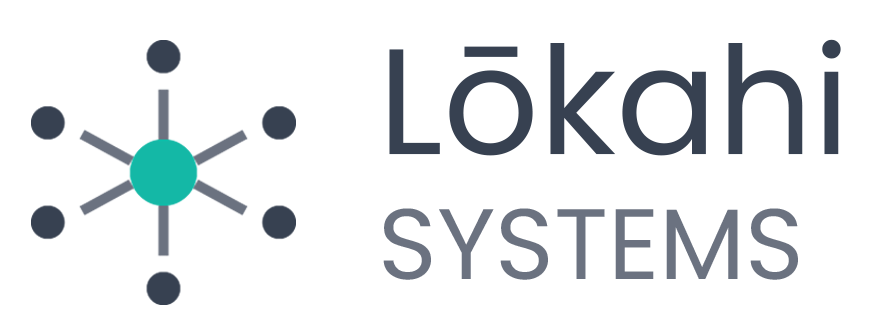Case Study: Architecting Clarity in a Custom Cabinetry Shop
The Challenge: Drowning in Paperwork
My journey with this project began on the shop floor of a custom cabinetry factory on Oahu. They had a team of incredibly talented craftsmen who could build anything, but the business itself was running on a fragile system of spreadsheets, endless email chains, and physical "paper travelers" that followed each job.
The result was a state of constant, low-grade chaos. Information was siloed, and finding the real-time status of a specific cabinet part was nearly impossible without physically tracking someone down. This disconnect led to persistent and costly errors—mis-cut parts from outdated cut lists, wrong materials ordered, and delays that frustrated both the team and the clients. The business had incredible potential, but it was being held back by its own operational friction.
The Approach: A Deep Dive into the Workflow
It was clear that a generic, off-the-shelf software solution wouldn't work. It couldn't possibly understand the nuanced, step-by-step process of a high-end custom manufacturer. So, my approach was to architect a solution from the inside out.
I didn't start with a line of code. I started with a notepad and hours on the shop floor, shadowing the team at every single station—from the CNC operator to the finisher to the final assembler. I mapped out their entire workflow, identified the precise points of failure, and listened to their frustrations. My goal was to design a system that worked for them, not the other way around.
The Solution: The IHBM Operational Hub
Based on this deep analysis, I designed the complete architecture for a comprehensive, all-in-one web application to serve as the company's central nervous system. To accelerate the development cycle, I partnered with advanced AI tools to generate the underlying code based on my precise architectural specifications.
This "Operational Hub" was designed to be the single source of truth for the entire business, eliminating guesswork and paperwork entirely.
Key features of the solution included:
A Central Project Database: A powerful and detailed system for capturing every project specification, from box construction and hardware to finishes and individual cabinet configurations, all in one place.
Paperless Digital Workstations: We replaced the physical paper travelers with dedicated digital interfaces at each manufacturing station (CNC, Edge Banding, Assembly, etc.). The team could now see their exact work queues in real-time and mark parts as complete with a single click.
Automated KCD & CNC Integration: I architected a function to directly inject design data into the files needed by the CAM software (KCD/EnRoute), automating the creation of job files and eliminating a huge source of manual data entry errors.
A Parametric Geometry Engine: To solve the critical issue of material variance, I designed an intelligent engine that automatically recalculates part geometry based on over 400 variables. If a sheet of plywood was a fraction of a millimeter thicker or thinner than standard, the system would adjust every corresponding part to ensure a perfect fit, every time.
The Transformation: A New Operational Blueprint
The Operational Hub was successfully deployed and became the functional heart of the company. It moved the business from a state of reactive chaos to one of proactive control, proving its capability to deliver clarity and efficiency in a high-stakes manufacturing environment.
The system's impact was demonstrated through the new capabilities it unlocked:
Streamlined Efficiency: By creating a single-entry data flow, the Hub eliminated over 20 hours of weekly administrative work, freeing up the team to focus on their craft.
Proactive Error-Proofing: The parametric engine and automated data flow were engineered to reduce material errors and mis-cuts by over 95%, solving a critical and chronic issue with the previous manual process.
Total Visibility: The system provided management with a live, 100% real-time view into every job at every stage of production, right from their dashboard.
Ultimately, the Operational Hub was a success, delivering a powerful new blueprint for scalable, data-driven manufacturing. It transformed the business from a state of operational friction to one of streamlined efficiency and provided a clear and proven path to future growth.

